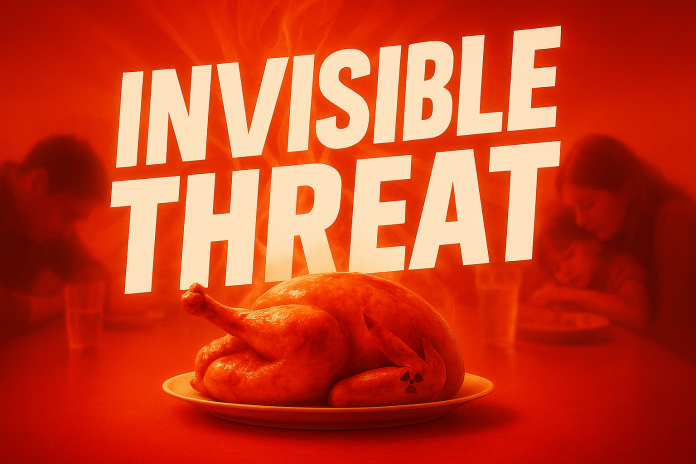Seattle, WA – As Washington families gather indoors for Thanksgiving, state health officials are warning of a silent, invisible killer that could be lurking beneath their homes. The Centers for Disease Control and Prevention (CDC) and the Washington State Department of Health (DOH) are urging residents to test for radon, a radioactive gas that builds up inside homes — especially during the cold, wet months when ventilation is limited.
Radon forms when uranium in the soil and rock naturally breaks down, releasing gas that seeps upward through cracks in foundations, pipes, or basements. Because it’s odorless, colorless, and tasteless, it can accumulate without any visible warning signs.
The U.S. Environmental Protection Agency (EPA) identifies radon as the second-leading cause of lung cancer nationwide, linked to more than 21,000 deaths annually. While western Washington generally has lower radon levels, elevated readings are common east of the Cascades — particularly in Spokane, Yakima, and Walla Walla Counties, where soil composition allows radon to rise into homes more easily.
Testing is quick, affordable, and the only way to know if radon is present. Short-term radon test kits, available online, at hardware stores, or through the Washington Radon Program, typically cost less than $25 and produce results within a few days. The EPA recommends mitigation if readings exceed 4 picocuries per liter (pCi/L) — though no level of radon is completely safe.
If high levels are found, certified mitigation contractors can install systems that vent radon safely outdoors, reducing concentrations by up to 90%.
“Radon doesn’t make noise or leave a smell — but it kills quietly,” CDC officials warned. “Testing your home this Thanksgiving could be the most important step in keeping your family safe.”
As families across Seattle and Eastern Washington gather for the holidays, health experts urge residents to make radon testing part of their seasonal home safety checklist before this invisible danger lingers through the winter.





